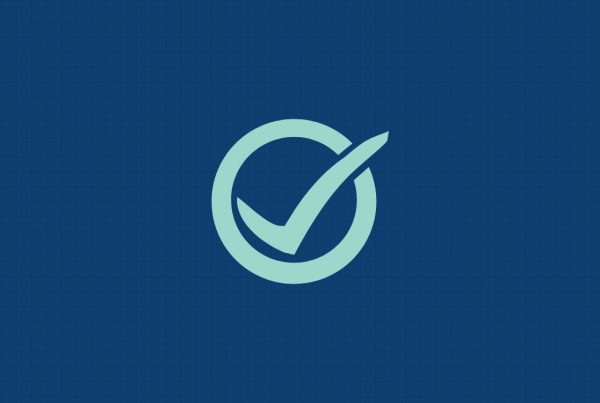The role of the compliance officer is rapidly evolving — are you? We teamed up with financial services consulting firm Catalyst to explore this topic.
—
Commercial partner Blythe Barber, having worked formerly at JWG, Capco, Schneider Trading Associates, and Expand Research (a Boston Consulting Group subsidiary), brings years of practical knowledge and industry experience to our discussion.
1. What have been the major shifts in compliance jobs over the past 5, 10, or 20 years?
We’ve seen fundamental shifts. The CCO’s skillset has had to increase in tandem with the volume and complexity of regulation.
Regulation has become a ‘show me’ culture, requiring compliance to use more sophisticated tools to enhance their monitoring oversight, including automated exception handling methods.
More sophisticated compliance functions now focus on fewer, but more senior staff, who will often have worked in the business and across other parts of the firm and industry. Systems, not people, are now the compliance guardians.
Across the industry, compliance has expanded over the years to significant headcount, with multiple processes and workflows coming at a huge price: a legacy of panic hiring to satisfy massive regulatory regimes.
Now, the costs of carrying a large compliance function are beginning to bite.
Now, the costs of carrying a large compliance function are beginning to bite. In addition, compliance is now much more involved in the design of products to ensure regulatory checkpoints are built into the design of automated data tools.
And the next big shift is already happening: technology innovation, combined with regulators’ growing appetite for sandbox and RegTech vendors to automate the rule books.
Couple that with the rise of sophisticated natural language processing and artificial intelligence and it’s a very different world from even five years ago.
2. What new skills must compliance professionals have in 2019 and beyond?
The main competencies needed now are technical and communication skills, coupled with the cultural dexterity to be successful agents of change.
Compliance is not for the fainthearted – it’s a multi-dimensional challenge.
Where once compliance staff operated like lawyers, now they need to be techies, with a deep understanding of the technology estate – even to the level of core code – and a firm grip on the whole reporting process from ‘natural language’ to control frameworks.
They also need to be diplomats, facing-off to diverse stakeholders from regulators to colleagues to technology leads.
And, they’re indirect revenue generators.
The front office has been fighting a perfect storm for years, with margins squeezed by low interest rates while regulation causes capital costs to rise.
The drive to reduce costs via automation and standardization feeds into the bottom line of the bank’s revenues.
And then there’s the complex topic of culture change. Compliance is not for the fainthearted – it’s a multi-dimensional challenge.
3. Has the perception of the compliance function shifted, especially in the C-suite?
Compliance firmly have a seat at the table — high cost and senior roles. With SMR and other Regs, senior figures need excellent compliance people, and they need them on their side!
Compliance should no longer be seen as the ‘back office police’ playing second fiddle to front office profit-makers. There’s now a seat at the table and a chance to lead the agenda.
But equally, many specialists operating at C level spent their careers in a very different world on the way up. Now they’re there, the rules have changed.
Today’s CCO needs to be tech savvy and people-, culture- and change-oriented.
The competition for clients, the pressure on margins, and the war for talent all mean CCOs must enable the whole firm to understand ‘why’ — not just ‘what’ or ‘how’.
Compliance needs to be chief cheerleader for the fact that doing the right thing isn’t just a mandatory exercise to avoid punishment, but an active enabler of good business.
All too often, the stumbling block is knowing what ‘good’ looks like, proving why it matters and making a compelling case for what it can achieve.
To tackle this, Catalyst developed a High-Performance Behaviours Model with six key metrics. This ensures firms can implement a measurable way to harness hearts and minds for clear business benefit and move compliance from a necessary evil to a valued – and valuable – business partner.
4. What’s next for the compliance officer?
The challenge now is to mind that gap between current and future state and ensure compliance has the tools and techniques to close it.
As the estate becomes more modular, compliance roles must evolve to high levels of engagement with regulators, clients, tech vendors, outsourcers and internal stakeholders.
Tech savviness will be key to deal with new platforms and new ways of working that enable — rather than eradicate — the human dimension.
It’s seriously not a great use of anyone’s career to fill in spreadsheets and undertake manual tasks at high cost.
As for a prediction?
It’s already here: regulators publishing “up to the minute” automated rule books that can be consumed in code and pushed through the organization, automatically updating the numerous artifacts and records necessary to prove compliance or be investigated by a regulator or data inspection.
That’s perfectly possible, but one heck of a contrast to the all-too typical scenario of time-consuming, labour intense and costly reconstruction, legacy systems, poor data and lack of accountability.
The challenge now is to mind that gap between current and future state and ensure compliance has the tools and techniques to close it, building and buying where appropriate for a firm’s estate – and of course picking the correct partners with which to do so.







